4 Questions to Ask Before Ordering Custom Kitchen Cabinets
When considering an investment in custom kitchen cabinets, it’s essential to ask the right questions to ensure that your expectations and needs are adequately met. Custom kitchen cabinets can transform the aesthetic and functionality of your kitchen space. However, improper planning can result in costly mistakes and dissatisfaction with the end product. This article outlines the critical questions you should consider before making this significant home improvement decision. By delving into crucial aspects such as budgeting, style, materials, functionality, choosing the right contractor, and project timelines, you’ll be equipped to make informed decisions. If you plan to pair your cabinets with countertop installation, coordinating both projects can save time and money.
1. What Is My Budget for Custom Kitchen Cabinets?
Understanding Material Costs
The first step in establishing a budget for custom kitchen cabinets is understanding the cost of materials. Various materials, including solid wood, MDF, and plywood, have different price points. For example, solid wood is typically more expensive but offers durability and aesthetic appeal. It’s crucial to balance the initial cost with long-term benefits, such as durability and maintenance requirements. By considering different material options, you can make a more informed decision that aligns with your financial capacity.
Labor and installation are additional costs that can significantly impact your overall budget. Custom cabinets require skilled craftsmanship, especially if you opt for intricate designs or unusual layouts. The installation process itself can take several days and involves precise work to ensure a perfect fit within your kitchen space. If you are planning a countertop installation alongside your cabinets, factor in both projects when seeking multiple quotes to ensure accurate pricing. Consider obtaining estimates that account for cabinetry and countertops to avoid surprises later on.
Custom features, while attractive, can also raise costs beyond standard cabinet designs. Features such as pull-out shelves, corner tech solutions, and unique hardware add to both the aesthetic and functional value of your cabinets. However, it’s essential to prioritize which customizations are necessary versus those that simply appeal to you aesthetically. Remember, according to Fixr, certified kitchen designers suggest that the cost of a luxury kitchen can start at 10% to 20% of a home’s value. Therefore, understanding your budget constraints and weighing the long-term benefits of these features, as well as countertop installation, is crucial in the planning process.
2. What Style and Design Do I Want?
Traditional vs. Modern Design
Deciding on the style and design of your cabinets is pivotal in achieving the kitchen aesthetic you desire. Traditional designs often feature detailed woodwork, warm tones, and classic lines, offering a sense of comfort and familiarity. In contrast, modern designs highlight sleek lines, minimalistic features, and bold colors or finishes, focusing on functionality and contemporary appeal. To determine the best fit for your home, consider your personal taste along with your kitchen’s overall style. It’s critical to balance these preferences with practical design elements that will sustain their appeal over time, especially when coordinating cabinetry and countertop installation for a seamless look.
Color schemes and finishes play a significant role in the final look and feel of your kitchen cabinetry. Different colors and finishes can dramatically alter the perception of space, light, and mood in your kitchen. Light colors may help small spaces appear larger and more open, while darker tones can provide a sophisticated, intimate ambiance. It's crucial to ensure that your cabinet finishes complement other elements in your kitchen, such as countertops, flooring, and appliances. Take samples home when possible to see how they look in natural lighting conditions, as this will give you the best idea of how the finished product will appear.
Door and drawer styles are key design components that should harmonize with the overall kitchen theme. From shaker-style doors that offer a timeless look to slab doors that fit a more modern design, the options are numerous. Consider how these styles will function within your kitchen space, especially in terms of accessibility and ease of use. Smooth gliders and soft-close technology can enhance both aesthetics and user experience. By investing time and thought into these design elements, you ensure that your kitchen cabinets and countertop installation will be both beautiful and functional in the long run.
3. Which Materials Should I Choose?
Solid Wood Options
Choosing the right material for your custom kitchen cabinets is crucial for achieving the desired aesthetic and durability. Solid wood is a popular choice for many homeowners due to its classic appeal and longevity. Options such as oak, maple, and cherry offer distinct grains and colors, allowing for a personalized touch. While more costly than other materials, solid wood provides a luxurious appearance that can withstand the test of time. It is important to weigh these benefits against potential drawbacks, such as susceptibility to water damage and the need for regular maintenance.
Alternative materials like MDF and plywood offer cost-effective solutions without compromising on versatility or style. MDF, known for its smooth finish and compatibility with paint, is excellent for detailed designs and modern styles. Plywood is praised for its strength and warp resistance and can mimic the appearance of solid wood when veneered. Choosing these alternatives over solid wood can lead to significant savings, particularly in extensive kitchen redesigns. However, it’s essential to evaluate the long-term durability and how they will fare in a kitchen environment over several years.
Sustainable and eco-friendly materials are becoming increasingly popular among homeowners conscious of their environmental impact. Bamboo and reclaimed wood are excellent choices for those looking to minimize their carbon footprint while maintaining an appealing look. These materials can be costlier initially, but they provide unique aesthetic possibilities and often come with the added benefit of contributing to environmental sustainability. Carefully research suppliers who offer responsible sourcing and sustainable options to ensure your project aligns with your eco-friendly goals. Evaluate each material based on factors such as authenticity, initial cost, longevity, and overall impact on both your budget and the environment.
4. What Functionality Do I Need?
Storage Requirements and Organization
Understanding your storage requirements helps in creating a custom cabinet solution that satisfies both function and form. Start by evaluating the types and quantities of items you plan to store; consider everything from large appliances to small utensils. An appropriate organization can drastically improve your kitchen workflow, making everyday activities more efficient. Custom solutions such as pull-out pantries, built-in spice racks, and deep drawers with dividers can maximize your storage capabilities. Collaborate with designers to develop plans that fit harmoniously with your space and lifestyle needs.
Accessibility features can significantly alter the usability of your custom kitchen cabinets. Consider drawer height and cabinet depth, ensuring that all family members can easily access stored items, including children or elderly individuals. Elements like soft-close drawers, pull-out shelves, and lazy Susans can improve access and prevent wear and tear from excessive pulling or slamming. Discuss your specific needs with your contractor to incorporate features that will offer long-term utility and satisfaction. Practical considerations now can avert daily frustrations later, making everyday kitchen use a joy rather than a chore.
Appliance integration requires strategic planning to ensure a seamless look in your kitchen. In recent years, concealing appliances within cabinetry has gained popularity, given its capacity to create a more unified kitchen design. Determine which appliances you want to integrate, such as microwaves, refrigerators, and dishwashers, and ensure there is ample space and ventilation. Your custom cabinets can include flush panels, hidden handles, and custom-sized compartments to house these appliances without sacrificing design or utility. When combined with countertop installation, these features create a cohesive and polished final look for your entire kitchen.
Investing in custom kitchen cabinets is a significant decision that requires thorough planning and research. By addressing crucial questions related to budget, style, materials, functionality, contractor selection, and project timelines, you lay the foundation for a successful renovation that meets both your aesthetic and practical needs. If you need professional countertop installation for your property, contact Blue Ridge Cabinet & Design today!
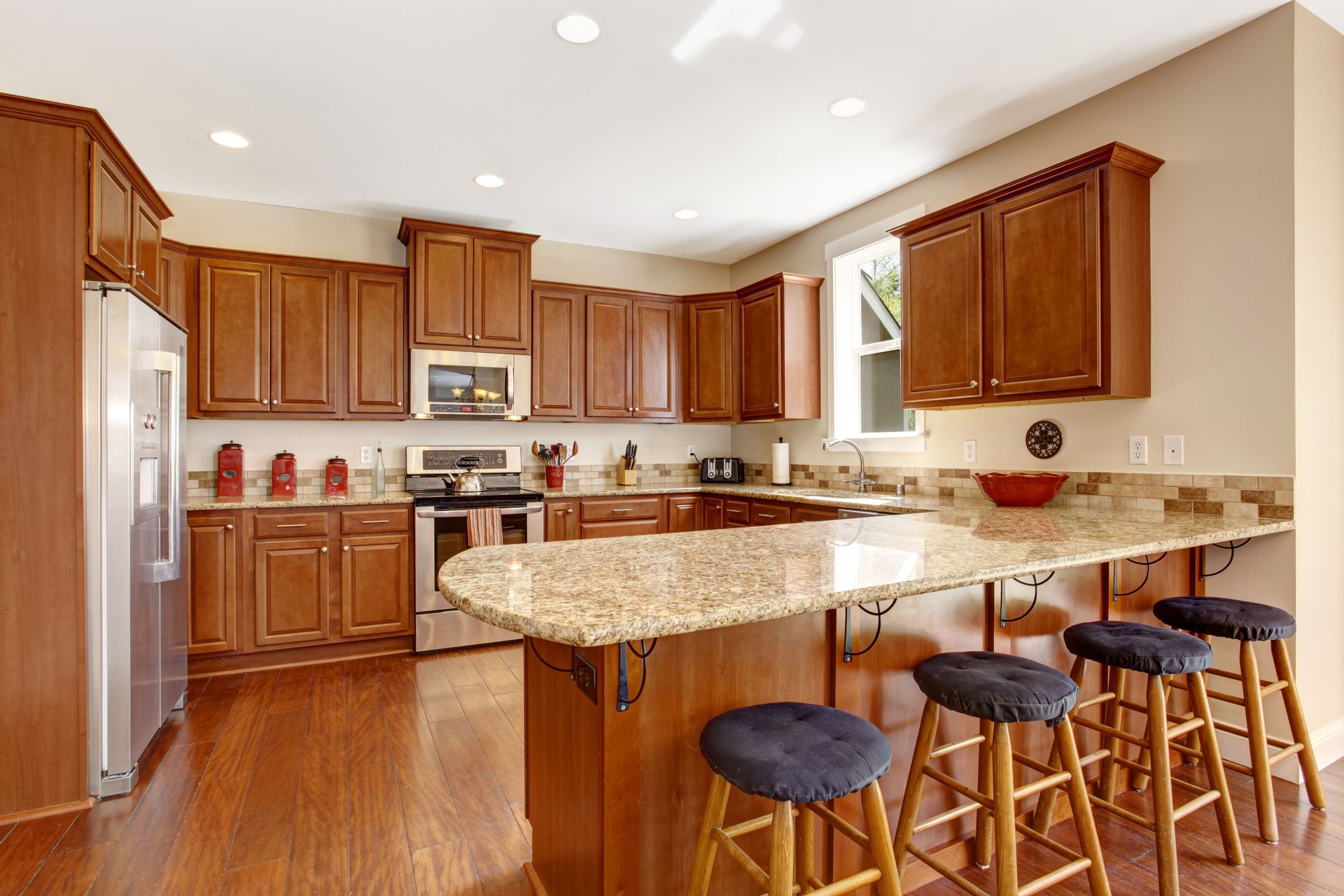
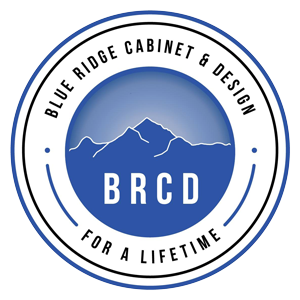
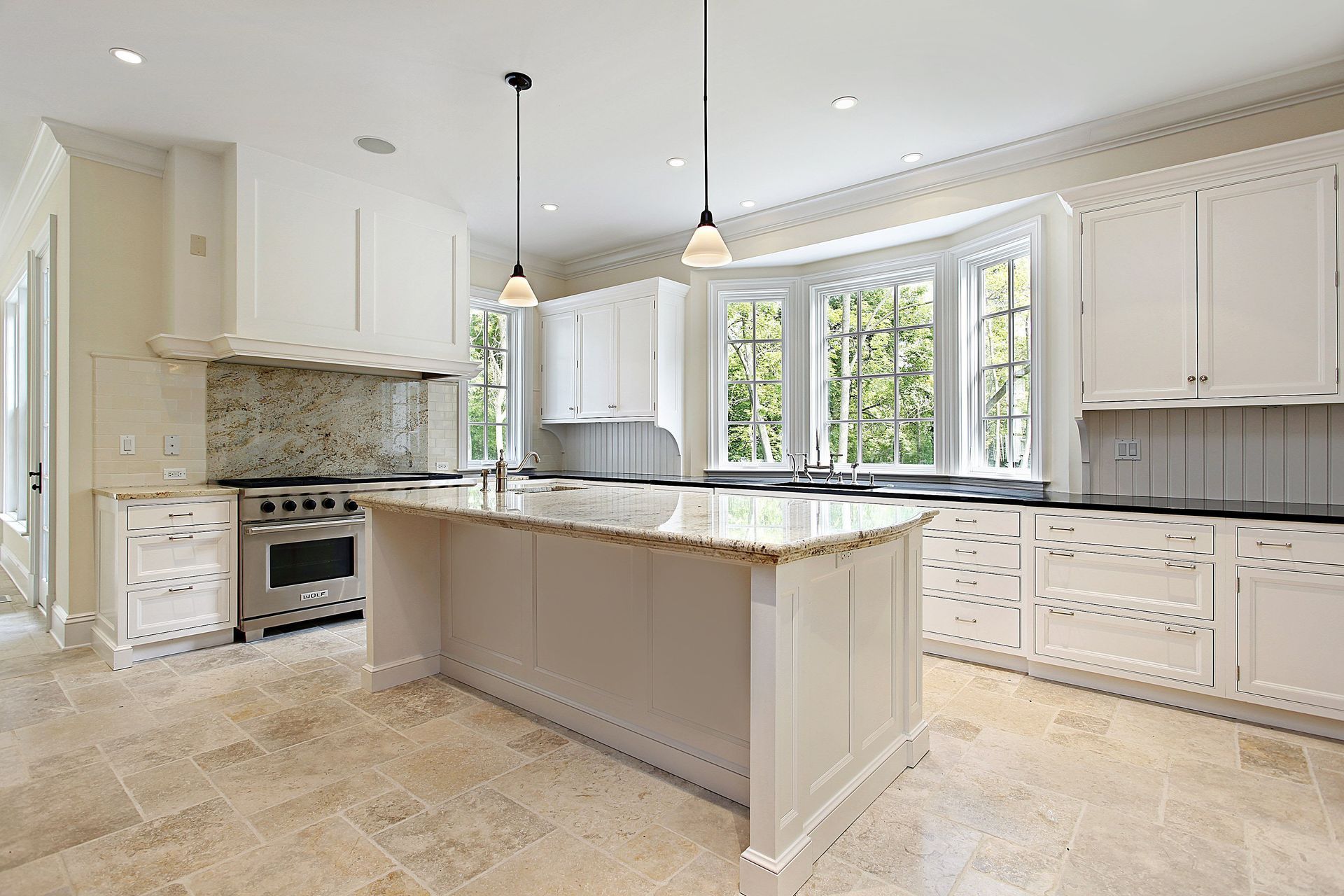
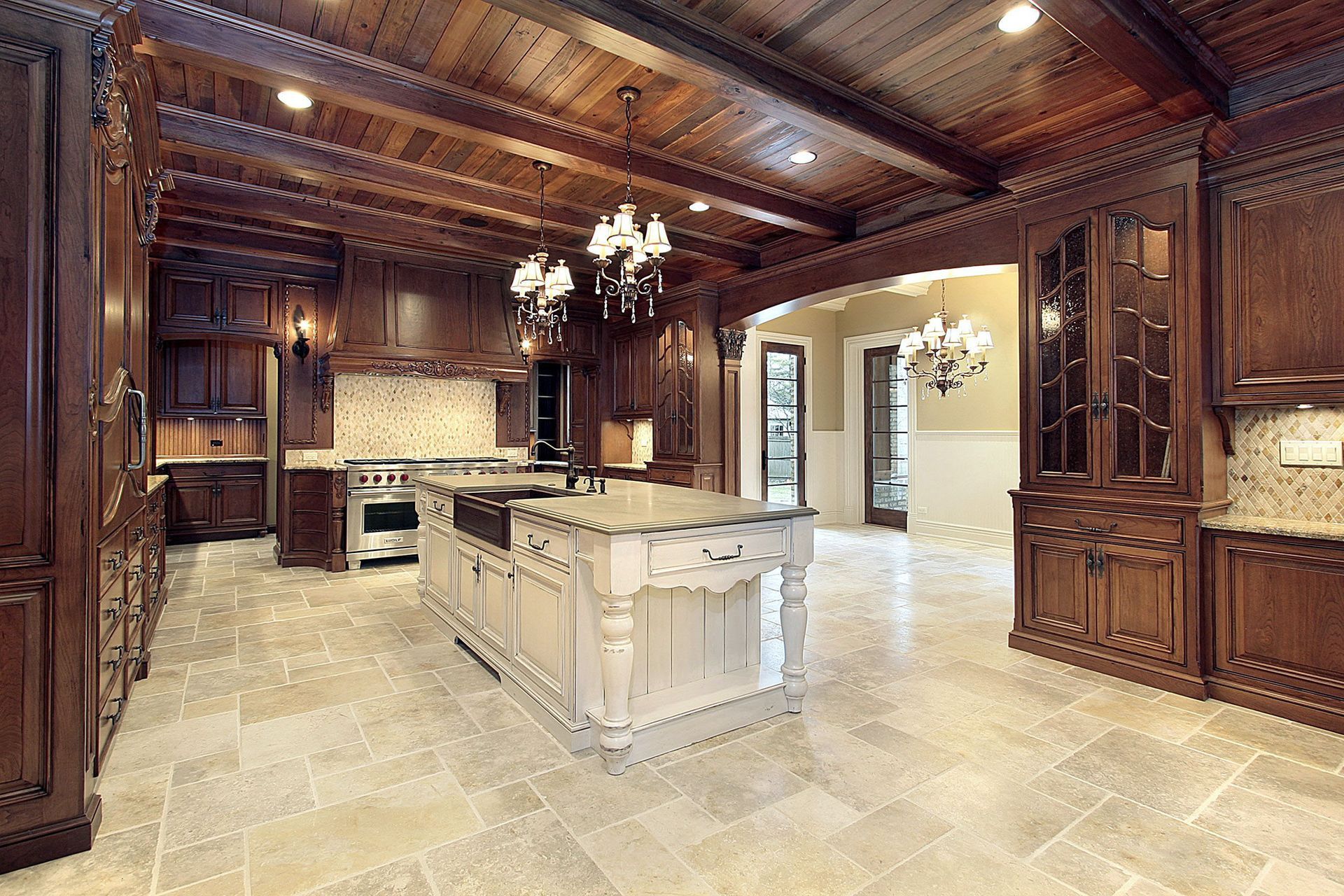
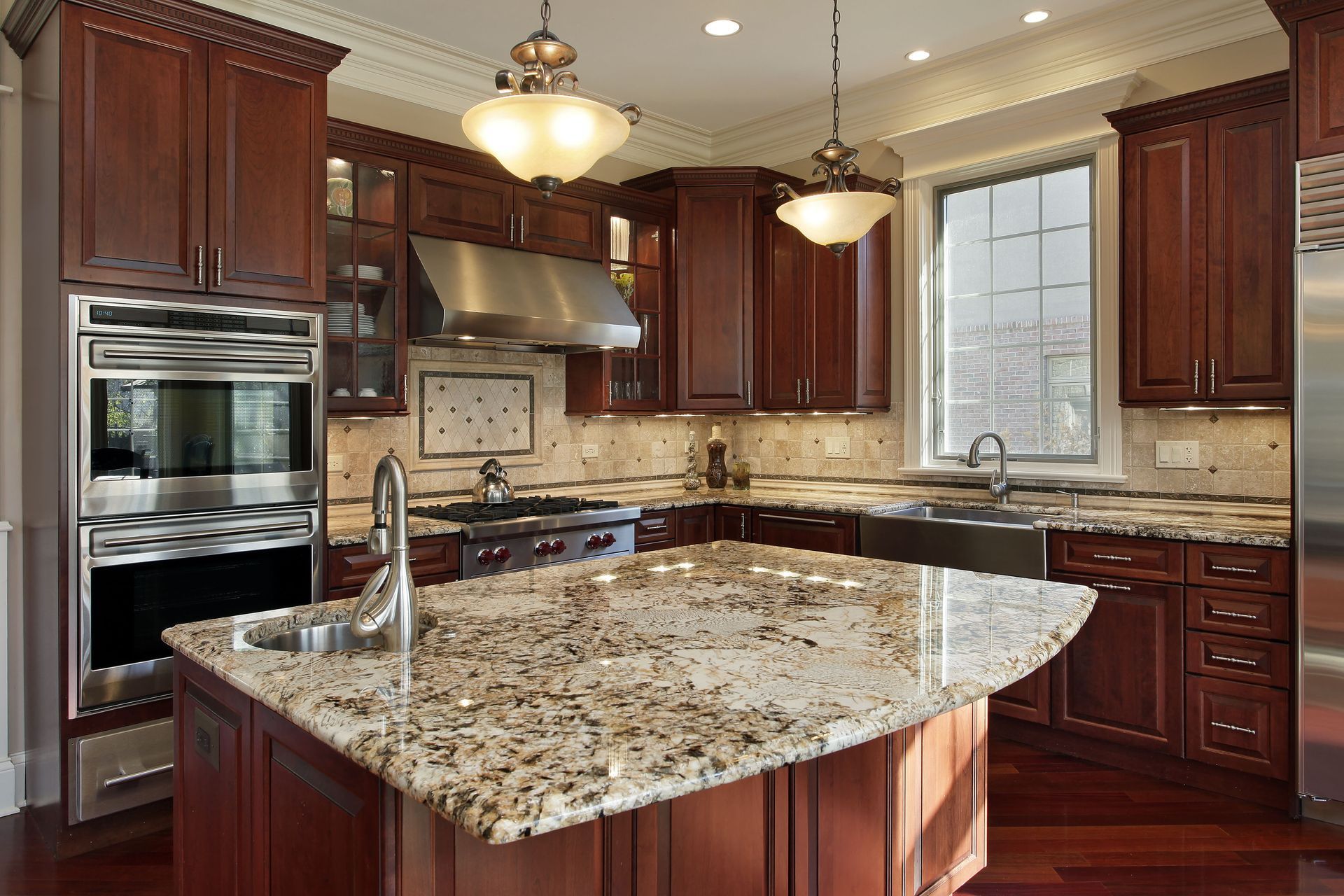
Share On: